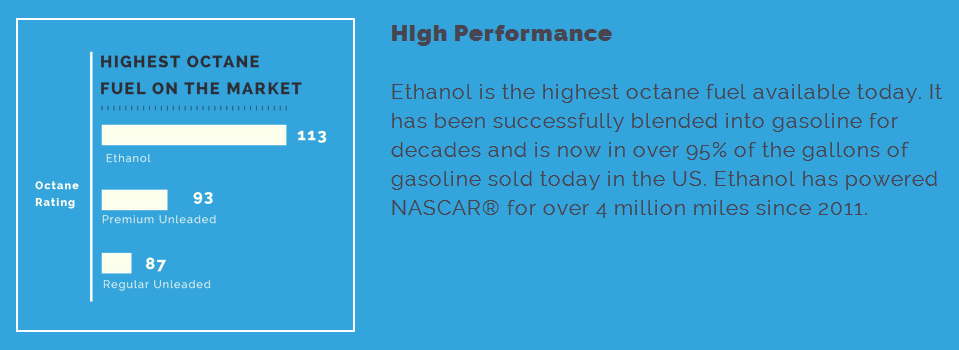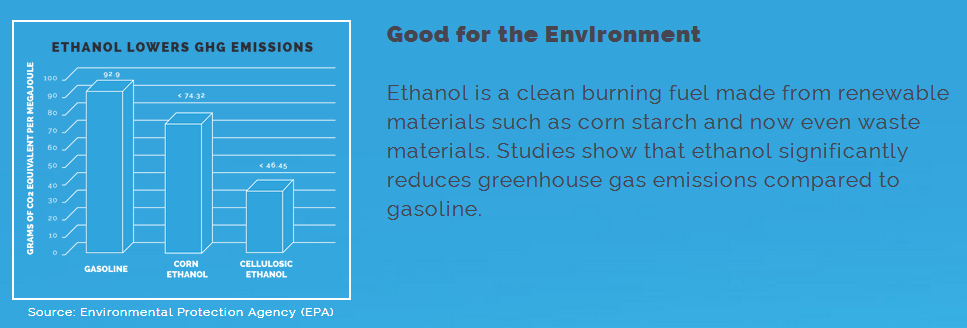On these pages we have already described the absurdity of the EPA’s cellulosic ethanol mandate, which is literally impossible for refiners to satisfy. EPA’s 2013 mandate was based on their projections of the cellulosic ethanol output coming from two particular plants, one of them being a KiOR plant based in Columbus, Mississippi. Yet unfortunately for refiners—who will face penalties for not obeying the mandate—KiOR missed its second-quarter production forecast by a whopping 75 percent.
This shouldn’t have really been a surprise, because back in early April it was apparent that KiOR already had a history of botched projections. Now, at least one investor is piping mad about the whole affair. In late August a KiOR investor filed a lawsuit, hoping it will become a class action suit. According to the press release put out by the investor’s attorney:
According to the complaint, KiOR made false and/or misleading statements regarding the company’s business operations and prospects. Specifically, the complaint alleges that, throughout the Class Period, the company and certain of its officers and directors made false and misleading statements regarding the timing of projected production levels of biofuels at the company’s Columbus, Mississippi facility. Further, the complaint alleges that, despite numerous setbacks and missed production targets, KiOR continued to reassure investors that the company remained on schedule to produce commercially meaningful levels of biofuel. As a result of these false and misleading statements and omissions, KiOR shares traded at artificially inflated prices during the Class Period.
The complaint goes on to argue that the investor lost money when share prices collapsed in the wake of KiOR’s announcement of its woefully deficient 2nd quarter production.
Normally a story such as this would have nothing to do with federal energy policy. Yet there is a history of the government’s “green energy” agenda interacting with dubious companies, to say the least. This sordid affair is just another example proving that government and business don’t mix.














